|
|
|
Radschool Association Magazine - Vol 45 Page 8 |
|
Privacy Policy | Editorial Policy | Profit Policy | Join the Association | List of Members | Contact us | Index | Links |
|
Back Go to page: 1 2 3 4 5 6 7 8 9 10 11 12 13 14 15 16 17 18 19 20 Forward |
|
|
|
The People I meet!!
|
|
While in WA last year, we were fortunate enough to be given a tour of HMAS Stirling, the Navy base just south of Perth. Gary Booth, who is the ADF Public Relations man in the West, went out of his way to show us around and when back in his office, we were introduced to Brooke Bartolic who is Gary’s girl Friday. Brooke has been in the Navy for 6 years and when she found out we were ex-RAAF she couldn’t control herself and just had to have her photo taken with one’s self.
Always ready to help the Navy in any way we can, we of course agreed and Brooke has ordered 50 copies of the photo and plans to have them hanging all around her home,
|
|
You can click a lot of the pics for a bigger view. |
|
|
|
Fernberg House, Brisbane.
In 1911, the Queensland Government purchased Fernberg House for the sum of £10,000 ($20,000). From that date it has been Queensland’s permanent Government House. This magnificent property was opened to the public on Australia Day 2014 and we went along. |
|
Fernberg, is the third building that has been used to
house the Queensland Governor, the first is a little known building
called Adelaide House which
is tucked away in the centre of the city, it is hard to find and these
days is rarely seen.
It was built in 1853 as the private home of a Doctor William Hobbs who had arrived in Brisbane from London in 1849. It is a substantial house of three stories, with a central staircase and 4 rooms to each floor.
Right: the back of Adelaide house as it is today.
The external walls are 2 foot thick, three of which are porphyry stone with the eastern wall being made from dressed sandstone. It originally had a slate roof but that has been replaced with an Ozzie favourite, corrugated iron.
For those that know Brisbane, when built, the house with its grounds and extensive gardens extended from Ann Street down to Queen St and although Adelaide Street had been surveyed, it had not been constructed any further east than Wharf St. Hobbs called the house Adelaide House and the arrow (below) shows its current position, next to St Pauls Anglican Cathedral.
When William Hobbs married Anna Barton in 1853, they shortly afterwards moved out from Adelaide House and built another house near where the FAI Building (Eagle St) is today. The Government of the Colony then rented the vacant property from Hobbs for the princely sum of $350 per year.
In 1859 Queensland separated from the colony of New South Wales and Sir George Ferguson Bowen, who had arrived from England on the 9th December 1859, read the Letters Patent from Queen Elizabeth 1, proclaiming Queensland as separate from NSW. This took place from Adelaide House’s balcony. Bowen was sworn in as Governor by Judge Lutwyche then took up residence in the building which became Government House and also the seat of Government for the new Colony. The colony was the first in Australia to begin with its own parliament, instead of spending time first as a Crown Colony.
Bowen stayed in Adelaide House until 1962 then moved into the new Government House which had recently been built.
When Bowen moved out, the Hobbs family moved back in. In 1976, while Hobbs was in England, a 21 feet (6.5 metres) cutting was dug in front of the house, removing a large portion of the front garden and Adelaide St was pushed through, allowing transport right along Adelaide St. In 1883 the Hobbs family moved out and the house was used for a variety of reasons from private residence to a private school and in the late 1890’s, the National Bank acquired the House as mortgagee in possession.
Then in 1899 it was decided to build Brisbane’s Cathedral on the land around Adelaide House A large parcel was acquired, including Adelaide House which at this time was in a thoroughly dilapidated condition and discussions were held whether or not it should be demolished. Luckily for us, in 1901 it was decided to keep and repair the house which was to be used as the temporary Diocesan Office and in 1910, the new sub-Dean of the Cathedral and his family, moved into Adelaide House which has since been used as the Deanery,
About this time, Adelaide St, in front of the house, was further widened and the excavation was deepened to 40 feet (12 metres). This effectively removed any front yard the house once had and meant and the main entrance to the house had to be moved from the front to the back. |
|
In the movies: Any person waking from a nightmare will sit bolt upright and pant.
|
|
|
|
The front of the house as it was in 1921.
|
|
|
|
The rear of the building as it was in 1958.
|
|
|
|
Side view of Adelaide House, showing the lack of front garden. |
|
|
|
|
|
The arrow shows all that can be seen of Adelaide House today, viewed from Adelaide St.
|
|
It is a shame that a property with so much significance to Queenslanders should be hidden away and not open and readily available to the general public. It was after all the place where the wonderful State of Queensland started, the place where Queensland left the clutches of those evil NSW’ers and built our own bridge. Perhaps we should house the ARL State of Origin trophy there!!
When the independent Colony of Queensland was established in 1859, one of its priorities was to build a suitably grand vice-regal residence for the new Governor.
Queensland’s inaugural parliament voted £10,000 ($20,000) towards the design and construction of a Government House and considering Queensland’s population at the time was only about 25,000 people, this was a huge amount of money and showed just how important the building of this house was to the new colony.
It was designed to serve three distinct purposes,
as Home for the Governor and his family,
Its grand design and location high on the promontory at Gardens Point made it an impressive sight for visitors and immigrants arriving by ship. As they circled the point, it came into view as a stately palace against the backdrop of Brisbane's ramshackle wooden huts scattered throughout the bush. It was a symbol of the colony's potential prosperity.
|
|
It was designed by a Charles Tiffin and incorporated a number of adaptations to the Greek revival style to better suit it to the local climate. The House ended up costing nearly twice the original estimate and on completion had cost £17,000 but was considered the most economical vice-regal residence in the Australian Colonies. Public opinion of the finished Government House was overwhelmingly positive. The press declared it a “structure highly creditable to the colony” and reported that “the building itself appears to be well adapted in point of coolness and ventilation to the climate of this colony; the rooms being large, lofty and airy, and furnished in a plain but exceedingly tasteful manner”. Tiffin was a significant figure in Victorian-era public architecture in Australia and went on to design over 300 Queensland buildings
The House was built by Joshua Jeays who brought the huge loads of sandstone used for its construction down the Brisbane River from his Goodna quarry. Jeays was also an alderman in the first Brisbane Municipal Council and later served as mayor.
|
|
In the movies. The Chief of Police will always suspend his star detective - or give him 48 hours to finish the job.
|
|
The House was designed so that the governor had a view of the adjacent Botanic Gardens from his office. These gardens were established in 1855 and played a key role in the development of Queensland’s primary industries. Walter Hill, a botanist trained at the prestigious Royal Botanic Gardens, Kew, was appointed first Superintendent and allocated 9 acres (3.6 ha) and a sum of £500 to purchase rare plants. Kew can be credited with the birth of Queensland’s sugar cane industry after trialling the crop in the Botanic Gardens. Along with a planter from Barbados, Hill made the first sugar ever produced in the colony in 1862. The pair conducted a top-secret experiment in the dead of night, crushing sugar cane with a lever and boiling the juice in a saucepan, thereby settling the uncertainty over whether Queensland sugar cane juice would granulate. Hill also planted the first commercially grown Macadamias in the world, originally sourcing the native trees from the Queensland bush. Eleven governors and their families lived in the House over a period of almost fifty years and many key moments in Queensland's early development took place within the walls of the Governor's library. The House and its gardens saw some of Brisbane's most magnificent social events with countless balls, receptions, dinners and garden parties taking place as well as the birth of four children and the death of two governors. But as Queensland's population grew, it became increasingly apparent that the House was simply too small to accommodate the extensive hospitalities demanded of it. On the 10th December, 1909, the controversial decision was made to move the governor out and a chapter in the life of the House came to a close.
On that same day, the University of Queensland was established with the then serving governor, Sir William MacGregor, installed as its first chancellor. He moved out of the House in June the following year and the building and its surrounding grounds became the University's first campus. The hunt was on for a new home for the Governor.
The first classes were held in the House in 1911. The University’s student body numbered 83, including 23 women and the teaching staff comprised four professors and thirteen lecturers across three faculties of Arts, Science and Engineering. The rooms in the former governor’s residence were adapted for new use as required: the drawing room became the University library, the dining room was used for English lectures and biology classes took place in the private drawing room.
By the 1920s it was clear that the House was not an ideal educational facility. As one mathematics professor put it, “we are housed in a building inadequate in size and unsuitable in design. It is riddled with white ants; leaking roofs are frequent and falling ceilings not unknown”. The unsuitability of the site saw the University of Queensland progressively move to its current home at St Lucia from 1945, but a lack of space simply resulted in the Queensland Institute of Technology (QIT) moving in. QIT (which became Queensland University of Technology in 1989) used Old Government House for classes until the 1960s, when its Gardens Point campus was more established.
In 2009, after a $15 million restoration, Old Government House, as it is now known, was reopened to the public as a museum. It is perhaps the most significant and best kept heritage building in Queensland and if you have the time and would like to do a tour it is a good idea to join one of the free guided tours which are held every Tuesday, Wednesday and Thursday mornings (booking is essential – 07 3138 8005). The House is open from 10.00am to 4.00pm Sunday to Friday and if you don’t have the time for a guided tour, you can take a Podcast tour at any time. There is no charge, entry is free.
While looking for a new permanent residence for the Governor, the Queensland Government decided to lease Fernberg House in Paddingron as a stop gap.
Fernberg, which is German for ‘distant mountain' was built in 1865 by a Johann Heussler, a Brisbane merchant and who later became a member of parliament. It was one of the first homes built in the Brisbane suburb of Paddington and being first it was built on the pick of the spots, on a hill with a wonderful northern aspect.
It was constructed of stone
excavated on site and combined with a cement and lime mixture. The
Heussler family occupied Fernberg until 1872 when reverses in the sugar
In 1882, it was sold to a John Stevenson, a member of parliament, who extended the building to more than double its original size and changed it from an 1860s villa to an Italianate mansion. But the pauper’s curse struck again and Stevenson lost his considerable fortune in the financial crisis of the 1890s and in 1894, the title to Fernberg was transferred to his mortgagees - two directors of the Mount Morgan gold mine in Central Queensland - William Pattison and Walter Hall. Stevenson might have lost title to Fernberg but he continued to live in the building and in 1901, the title to Fernberg was transferred to a Mrs Adelaide Palmer, who happened to be Stevenson's sister-in-law.
When Governor Sir William MacGregor moved to Fernberg in 1910,it was planned to build a new Government House in Victoria Park. Plans were drawn and foundations laid, but the project did not proceed, and the Queensland Government purchased Fernberg as a permanent Government House in 1911 for £10,000. The House was badly run down and extensive works were undertaken to bring the house and property up to an acceptable standard.
No structural work was undertaken until 1937 when a new wing was added, incorporating the drawing room, investiture room and a first floor bedroom suite. A new building for the domestic staff was also constructed in the same year.
On Australia day, many Brisbanites took advantage of the mild weather and spent many enjoyable hours looking over the house. The Army had a couple of their vehicles on display, a great attraction to heaps of kids and 4 bands took turns in entertaining the public. And being Australia, the Queensland Scouts had a sausage sizzle going, and of course they sold hundreds. |
|
Staff Quarters.
|
|
In 1948 the administration block, known as The Cottage, was built, and in 1987 the building was extended and modernised, and a new guard house constructed. In 2001 a multi-function building (the Pavilion) was built adjacent to the tennis court to replace an old change shed and to provide additional flexibility for hosting events at Government House.
|
|
|
|
Guard House.
|
|
To complement the natural bush vegetation in the south-east corner of the estate, two connected ornamental ponds with an associated gazebo were constructed in 1992. The Government House grounds cover an area of some 14 hectares.
|
|
Part of the magnificent grounds at Fernberg. |
|
|
|
Fernberg’s gardens are heritage listed. When the house was first constructed, considerable work was undertaken to clear and establish a formal garden to complement the house in its bushland surrounds. When the Governor moved in on a permanent basis, a process began of transforming the gardens to suit the particular requirements of the Governor and household.
Picking gardens were established in the long borders near the current service entry and kitchen or vegetable gardens were created on the southern slopes. A small herb garden still exists at the rear of the house. Near the current garage is a memorial pine tree which was grown from the seeds of the famous Lone Pine of ANZAC Cove which were brought back to Australia by WW1 diggers.
In the early 20th Century, the Government House garden party was an important part of the social ritual associated with the vice-regal life. These events were normally held in either Spring or Autumn when you can safely stay outdoors without getting sizzled by Brisbane’s sun.
Guided tours of the gardens are provided on open days.
|
|
In the movies: Wearing a singlet or stripping to the waist can make a man invulnerable to bullets.
|
|
Part of the gardens with the guard house in the distance. |
|
|
|
Fernberg has two flagpoles and it is usual practice to fly the Governor’s Standard and the Queensland Flag. The Governor’s Standard is always flown when the Governor is in Residence. |
|
The Army’s vehicles were a great attraction for the kids – both large and small.
|
|
|
|
Cars from the Governor’s stable, the blue Rolls Royce Phanton VI is the car used for ceremonial outings, the Holden Caprices are used to nip down to the shops.
|
|
Over the years, the Fernberg estate has been developed progressively to meet the requirements of the Governor’s Office. As home to the Governor and workplace for both the Governor and the Office of the Governor, it plays an important and enduring role in Queensland public life. It is listed as a place of cultural heritage significance on the Queensland Heritage Register.
If you would like to look over Fernberg, the next opportunity for the general public is Queensland Day, the 8th June 2014. See HERE
|
|
In the movies: A person being pursued will always stop and throw something at the person chasing them, even though it takes three times longer to stop and throw the obstacles than it does for the person chasing to jump over them.
|
|
|
|
Back Go to page: 1 2 3 4 5 6 7 8 9 10 11 12 13 14 15 16 17 18 19 20 Forward |
|
|
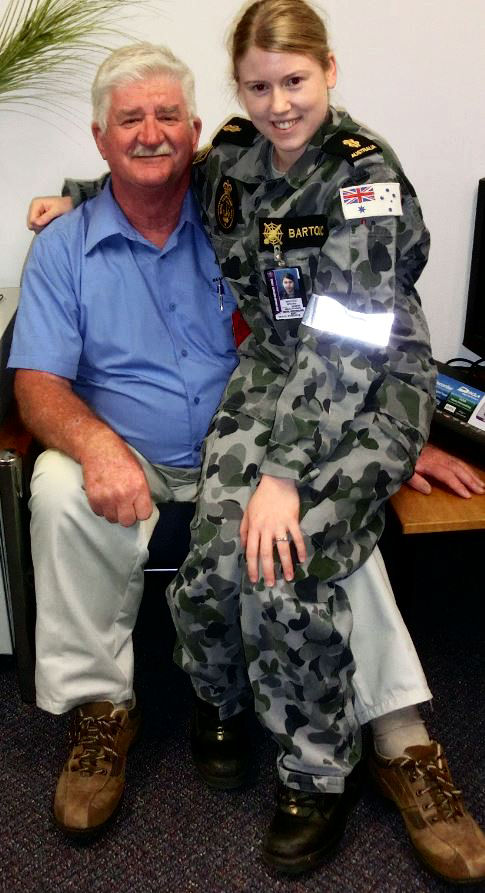
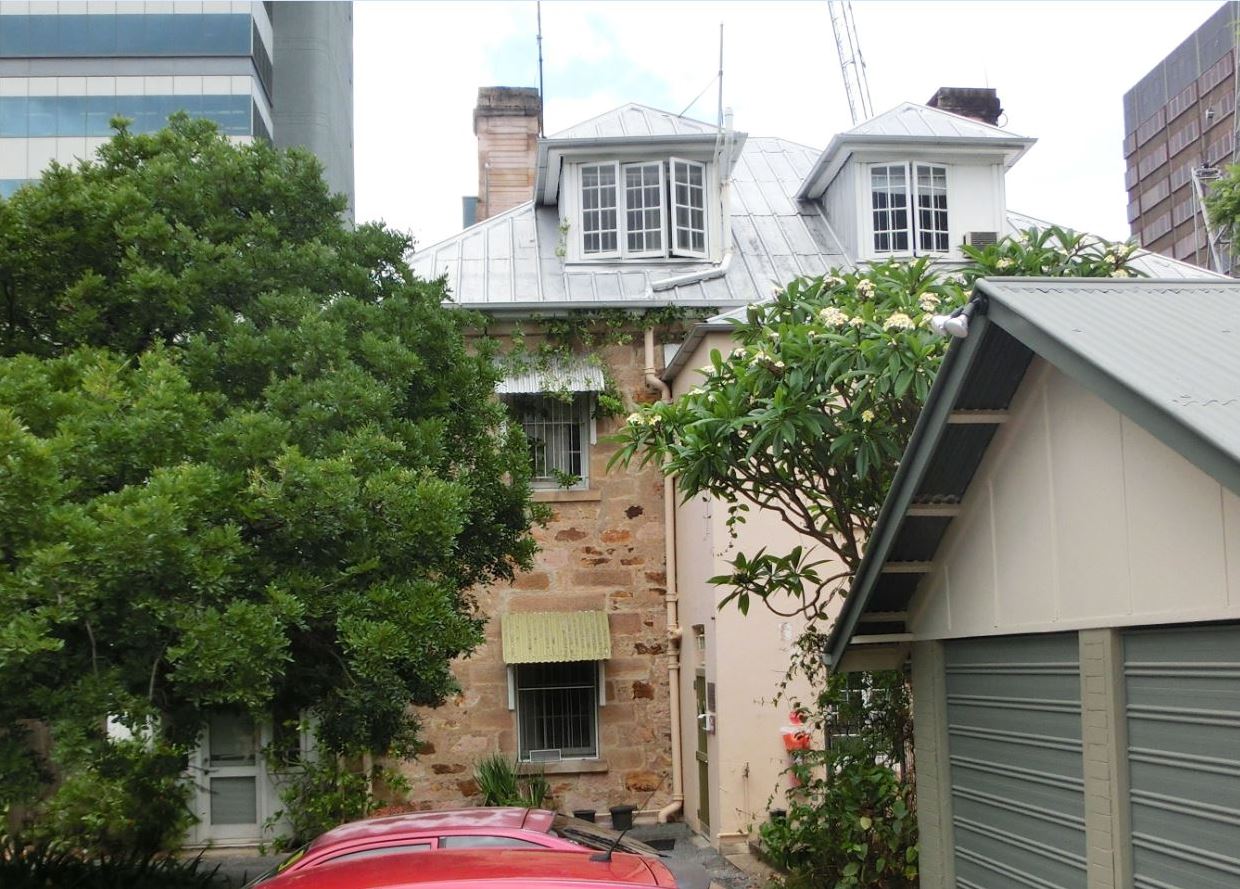
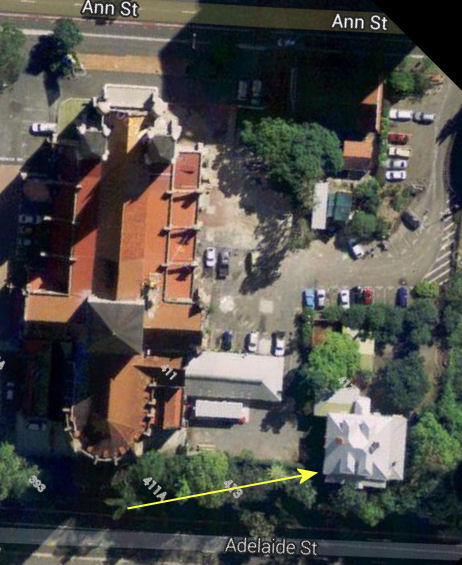
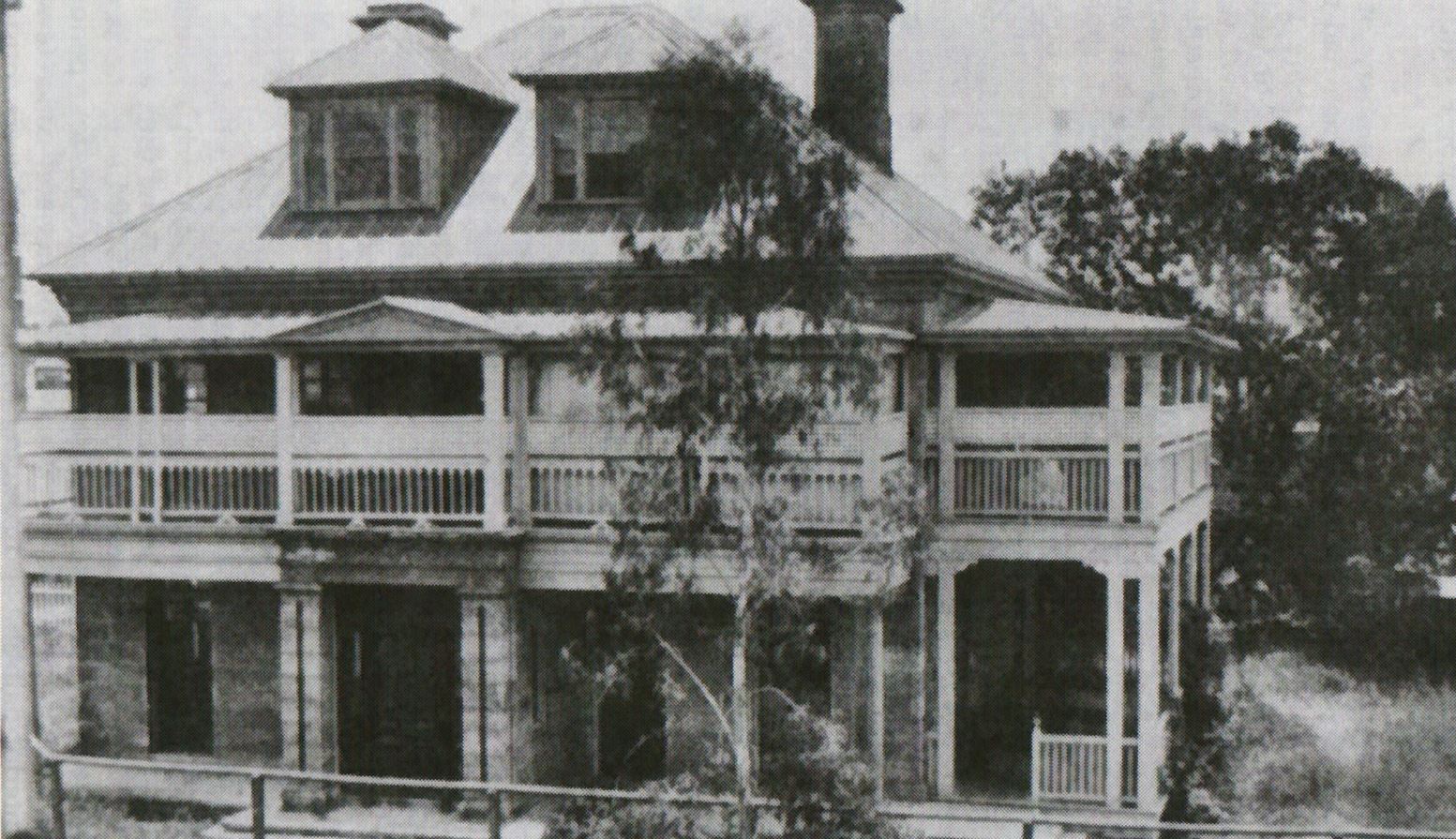
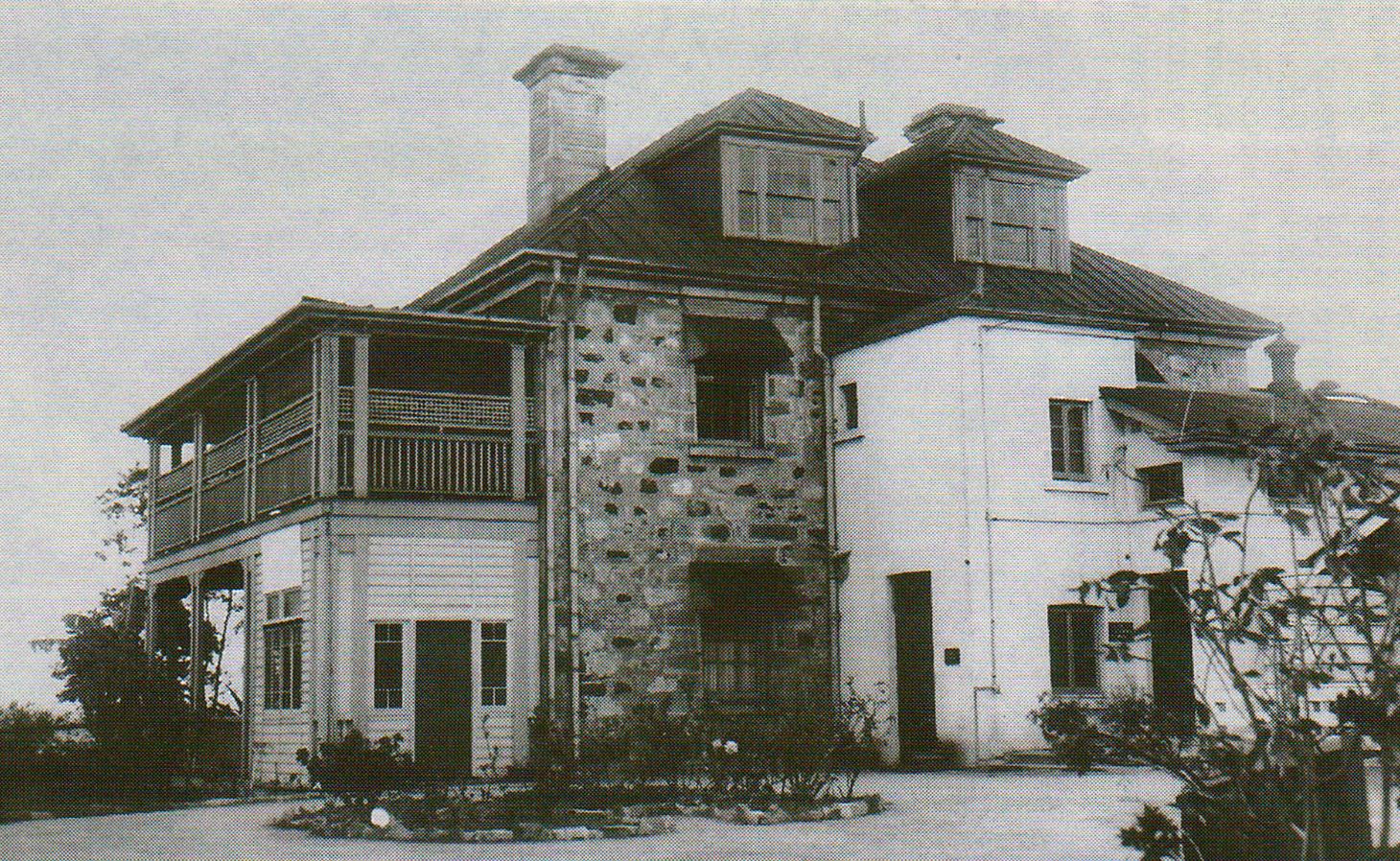
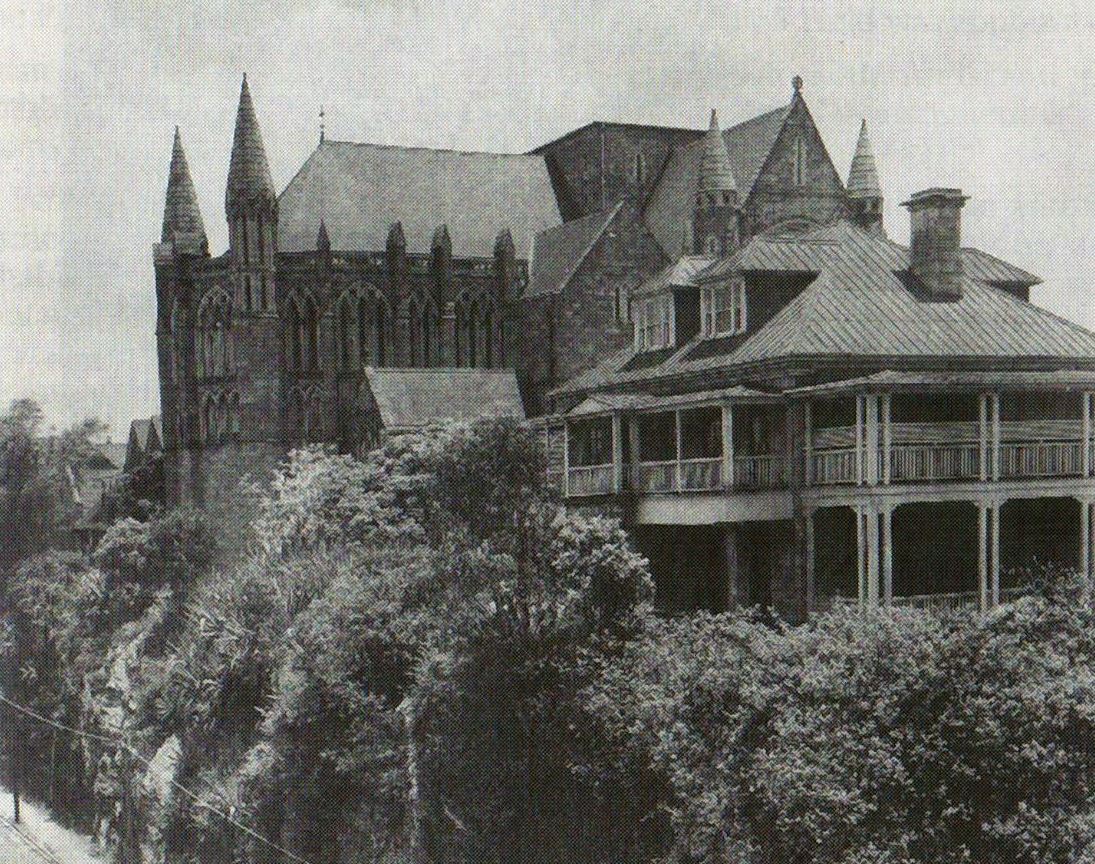
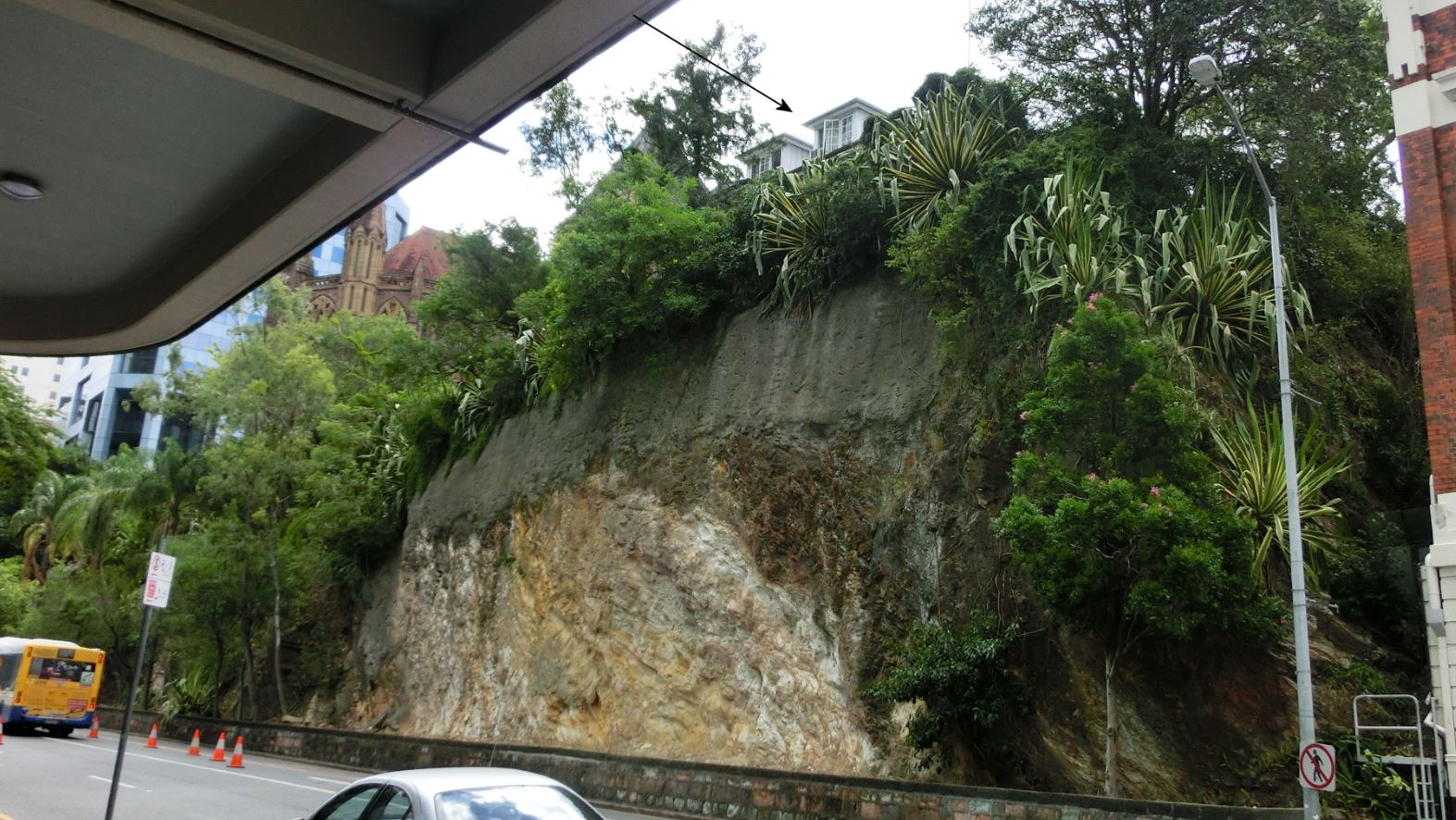
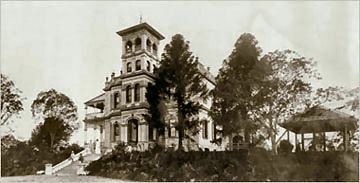 industry and the high cost of upkeep forced foreclosure on the property
by the mortgagee. From 1878 it was owned by the Cohen brothers.
industry and the high cost of upkeep forced foreclosure on the property
by the mortgagee. From 1878 it was owned by the Cohen brothers.